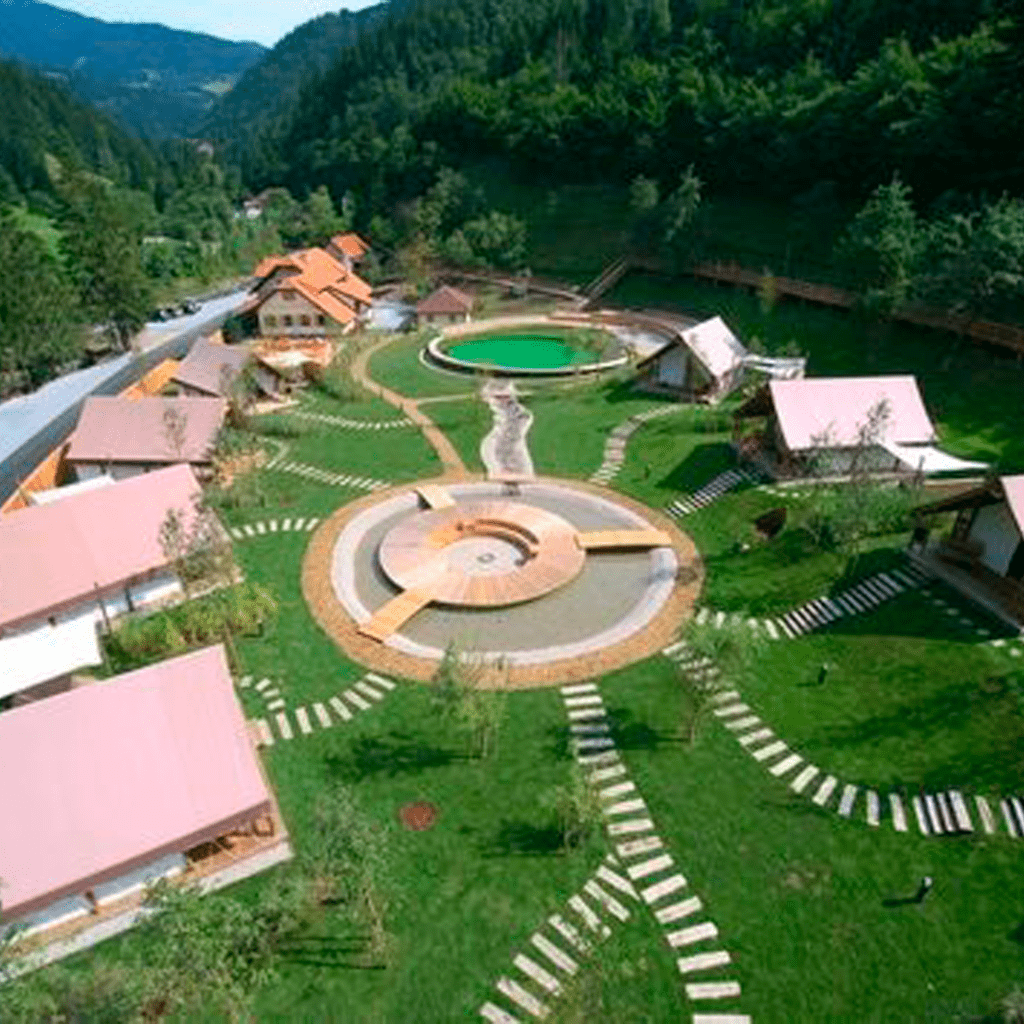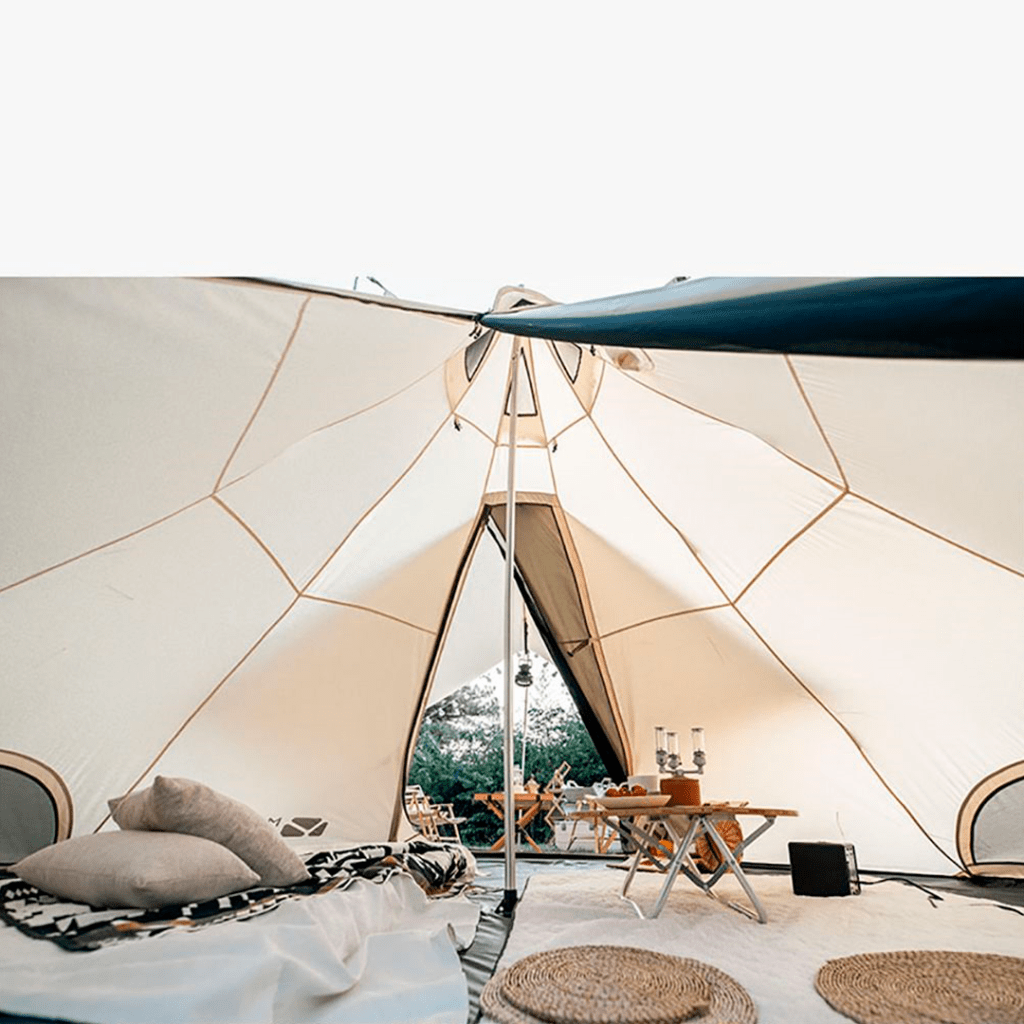Table of Contents:
I. Introduction II.
The Connection Between Camping and Home Design
III. Nature-Inspired Design Elements
IV. Efficient and Space-Saving Design Solutions
V. Cozy and Comfortable Design Features
VI. Sustainable and Eco-Friendly Design Concepts
VII. Incorporating Camping-Inspired Design into Your Home
VIII. Conclusion
I. Introduction
As one of the most popular outdoor activities around the world, camping is renowned for its natural beauty and bounding with the great outdoors. A lesser-known but equally exciting aspect of camping is how it impacts and influences design choices for homes. From practical and functional to aesthetic and sustainable, there are several ways in which the camping lifestyle can inspire modern home design.
II. The Connection Between Camping and Home Design
Before diving into the specific design elements that camping inspires in home decor, it’s essential to understand the underlying principles of the camping lifestyle. Minimalism and functionality are crucial factors in any camping trip, and those same factors can be seamlessly translated into the design features for homes. Furthermore, another critical aspect of camping is the connection to nature, which can lead to a new mindset of incorporating natural colors and elements into our homes. Camping can also inspire the use of sustainable materials and design concepts resulting in eco-friendly solutions.
III. Nature-Inspired Design Elements

One of the most striking similarities between camping and home design is adopting a minimalist approach. In camping, the gear required needs to be agile and practical, with efficient storage provided for all the required equipment. In contrast, for the modern home, contemporary trends embrace minimalism to create a clean aesthetic and a practical living space. Emphasizing this connection, many modern homes incorporate clean, straight lines, and neutral tones to create a distraction-free atmosphere. Embracing minimalism enables residents to focus on the essentials, creating a sanctuary of comfort and tranquility.
IV. Efficient and Space-Saving Design Solutions
Camping emulates the beauty and grandeur of nature, and this inspiration can be replicated in home design. One of the most significant ways camping can inspire home decor is through nature-inspired color schemes, such as earthy browns, greens, and blues. These colors, when used subtly or boldly, can help create a peaceful, restful environment that fosters relaxation and rejuvenation. Similarly, incorporating natural materials such as wood, stone, and brick, which are often associated with camping, can add a touch of authenticity, providing visual texture, and creating a warm, inviting atmosphere in any home.
V. Cozy and Comfortable Design Features
Camping can be a cozy and comforting experience, with campers often huddling around a fire or snuggling up in a sleeping bag. This can inspire home design features such as warm lighting, soft textures, and comfortable seating areas.
VI. Sustainable and Eco-Friendly Design Concepts
Camping often involves leaving the natural environment undisturbed, which can inspire a desire to create sustainable and eco-friendly design solutions. From using natural materials to incorporating energy-efficient features, camping can inspire eco-conscious design choices.
VII. Incorporating Camping-Inspired Design into Your Home
There are many ways to incorporate camping-inspired design into your home, from adding natural materials and earth tones to creating cozy seating areas and built-in storage. By bringing the best of the outdoors inside, you can create a home that is both stylish and functional.
VIII. Conclusion
Camping may seem like a world away from home design, but the two are more connected than you might think. By taking inspiration from the natural world and the practical solutions found in camping, you can create a home that is efficient, cozy, and sustainable.



